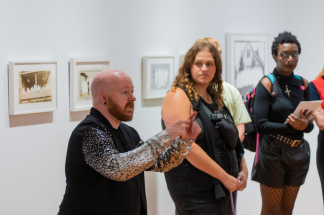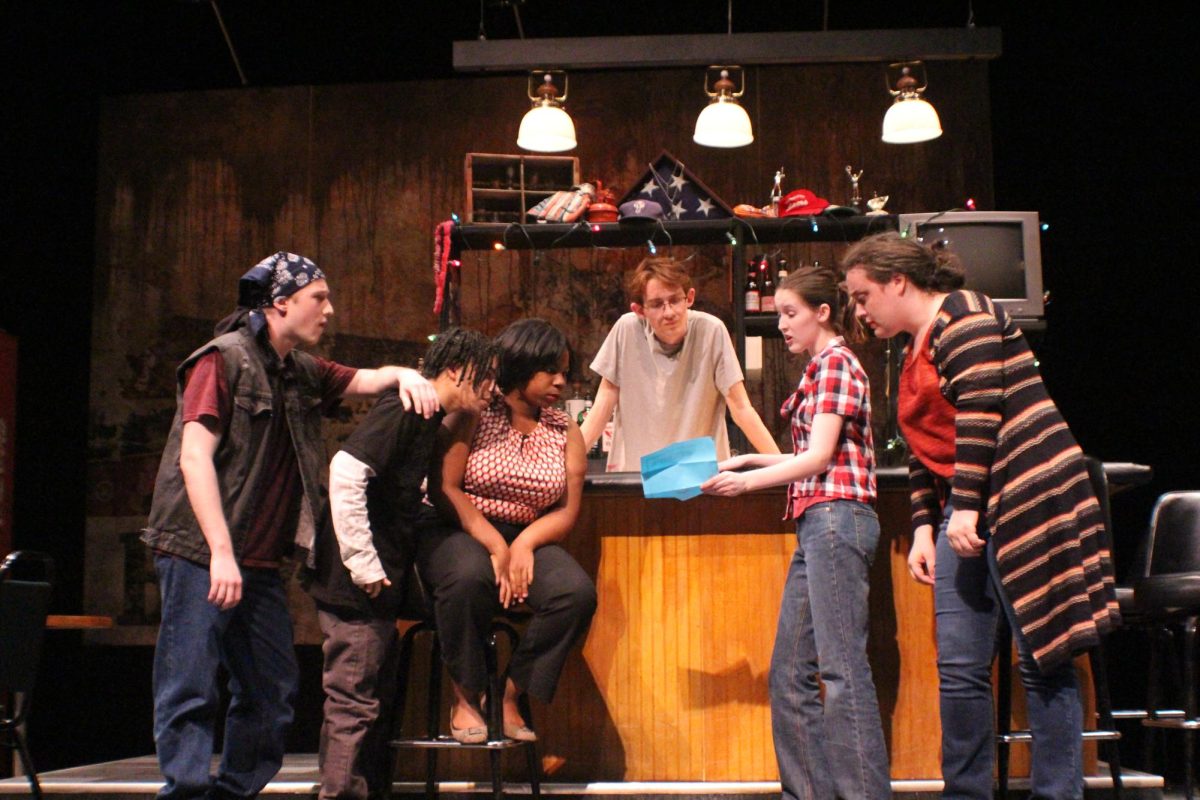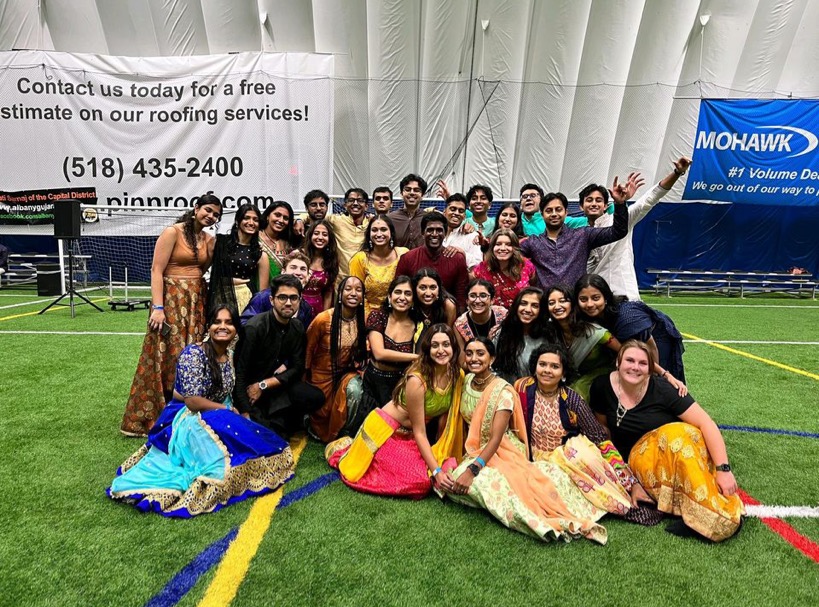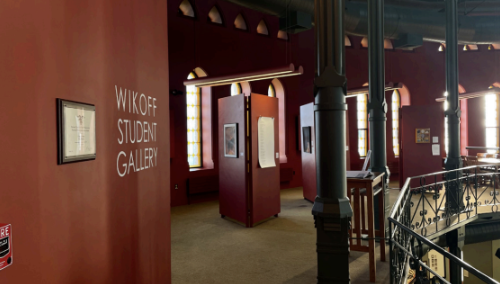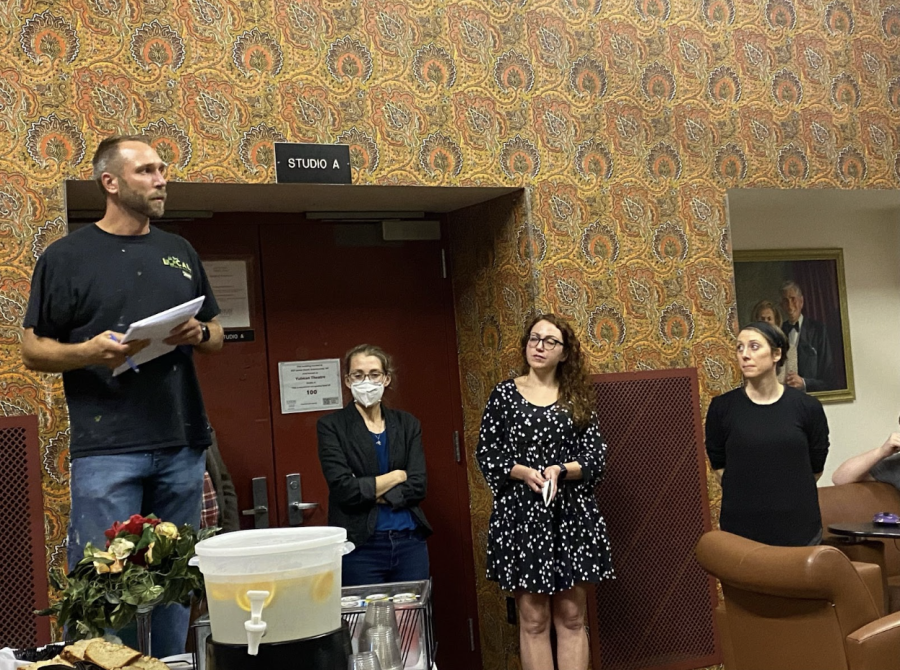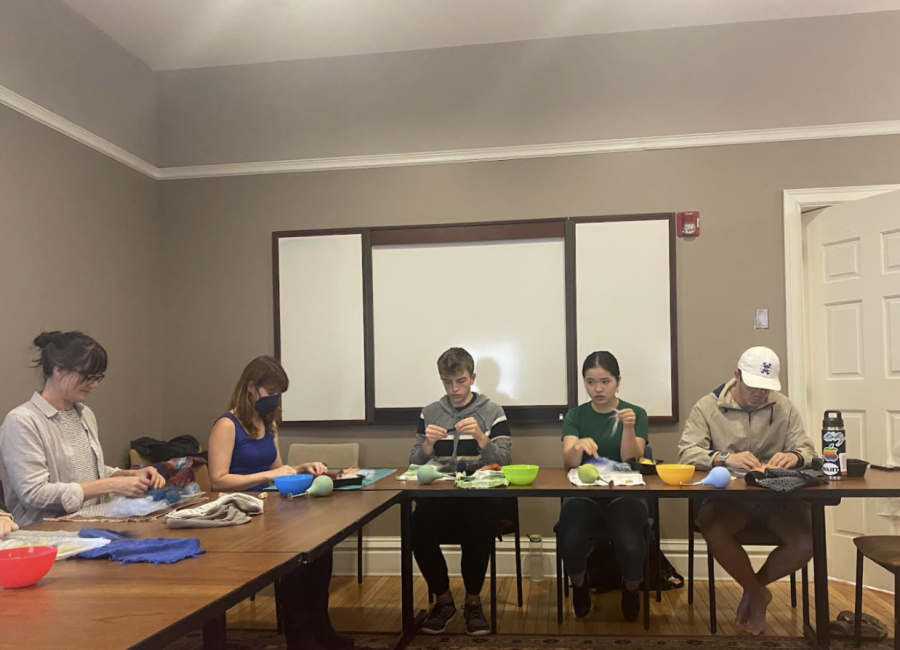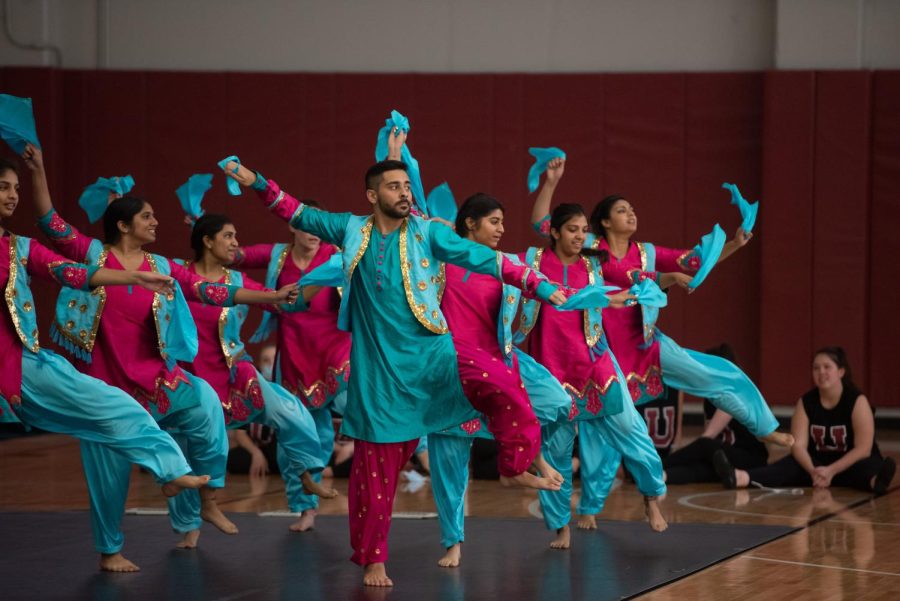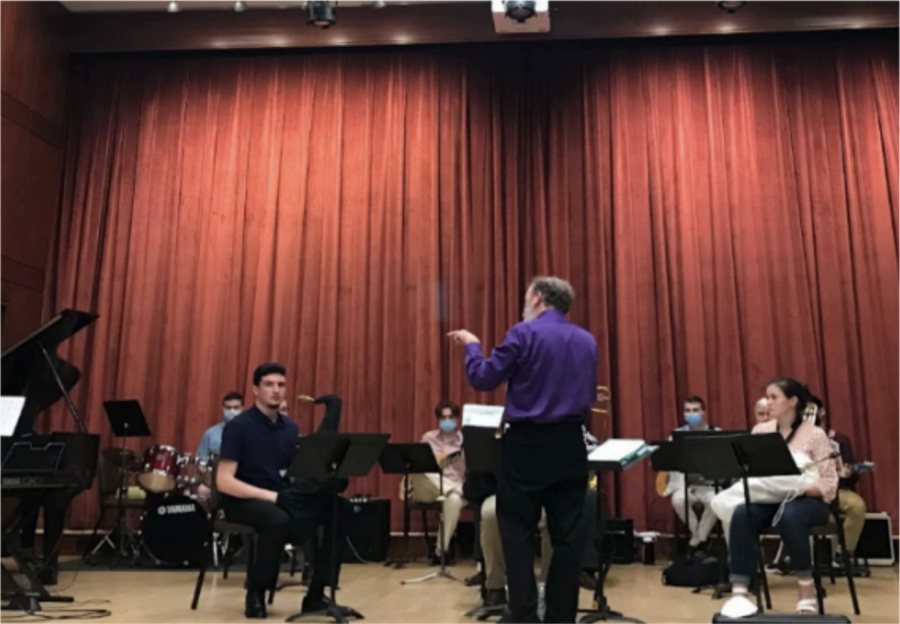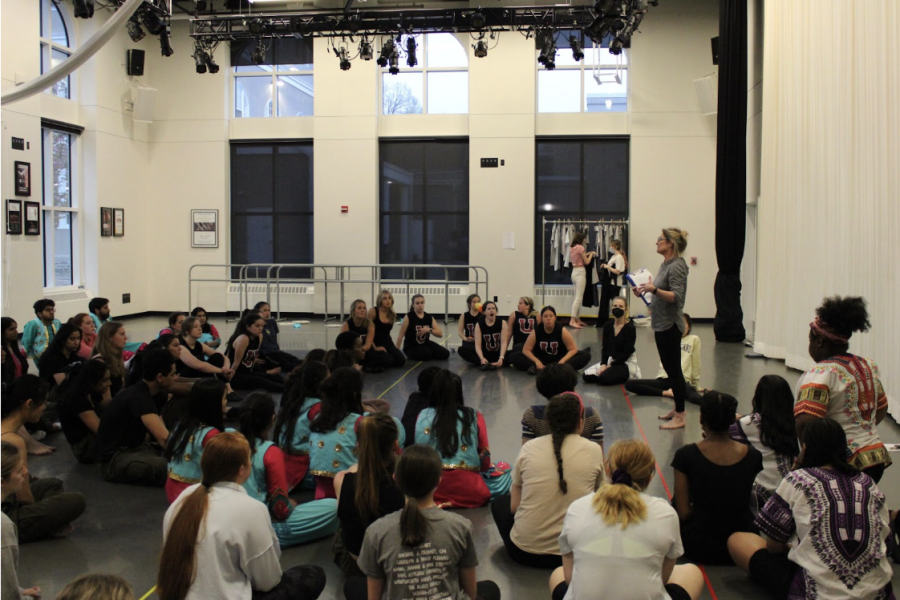Julia Panko, English professor at Weber State University in Ogden, Utah brought her thoughts to Union regarding “Radio Ghosts: Modernism, Spiritualism, and Sound.”
Panko began her lecture by referencing the “Wind Telephone” of Itaru Sasaki, a disconnected rotary phone housed in Otsuchi, Japan.
Sasaki set up the phone booth after the death of his cousin and began contacting the spirit of his cousin’s lost soul by speaking into the phone.
He knew that his thoughts couldn’t be “relayed over the regular phone line” but “wanted them to be carried by the wind.”
Panko noted that Sasaki could have written his messages to his lost cousin but choose instead to whisper them into the void of empty telephone connection.
The “Wind Telephone” became a stomping ground of Japanese despair after a tsunami in Hiroshima lead 10,000 people to seek meditation and comfort in Sasaki’s telephone and the vessel of communication it had evolved to be.
The connection between the supernatural and the technological has existed for centuries.
Panko focused on radio culture in the 1920s as displayed in Agatha Christie’s “Wireless.”
“Wireless” follows the story of Mary Carter, an elderly woman who finds spirits in the electricity of her radio.
She begins to hear the voice of her dead husband speaking to her carried by the radio waves of her newest technological acquirement.
Carter experiences the Freudian “uncanny effect” in which something imaginary appears in reality.
Panko discussed the Gothic Uncanny, primarily texts like “Jane Eyre” and “The Little Strangers.” Further, she talked about Agatha Christie and the introduction of new radio as it coincides with the arrival of the spirit.
Panko finished her discussion elaborating on ghostliness, alienation and melancholy.
Panko is currently working on two book projects with one titled “The Audio Uncanny: Sound Recording and Gothic Fiction.”
Visit her website for more information on her work: www.juliapanko.com


